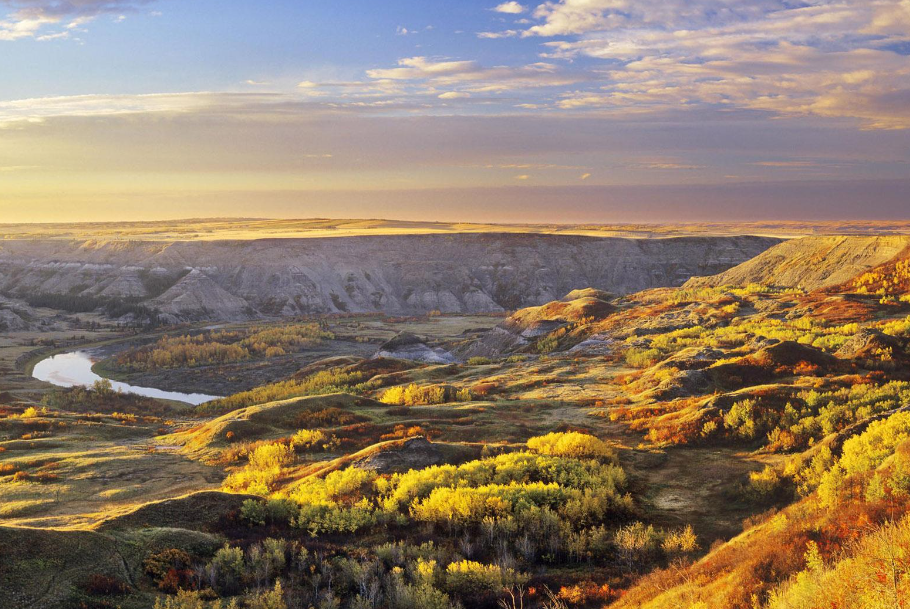
(Nxai Pan National Park)
Located in northeastern Botswana, it is part of the integrated ecosystem of Botswana's Makadikadi Salt Flats, covering an area of 2,100 square kilometers. Nkese-pan National Park is the most accessible park for tourists in the Salt flats of Wanamakadikadi, just 50 km from Nata-Maun Road.
(Kagardi Cross Border Park)
South Africa's Kalahari Antelope National Park, now merged with Botswana's Antelope National Park to form the famous Kagardi Transboundary Park.
It is the first park in the entire African continent to cross the border between the two countries, with a total area of 38,000 square kilometers.
(The Tsodilo Mountains)
Known as the "Louvre of the desert," Mount Tsodilo is home to one of the world's greatest concentrations of rock art. Its exposed rock layer has been inhabited and inhabited by humans for thousands of years, leaving a wealth of outstanding rock art.
Archaeological finds in this area chronicle human activities and environmental changes over at least 100,000 years, bearing witness to the continuous stay and settlement of human societies for thousands of years.
(Ouagadougou)
As an ancient capital, there are also the royal palace of Moorjo Naba, the National Museum and ancient boulevards and other sightseeing places. From the capital, you can also see the natural zoo near the city of Po and the crocodiles of Sabu.
There are more than 60 ethnic groups in Burkina Faso, and its ancient and mysterious traditional customs and energetic indigenous songs and dances are also very attractive.
(Bujumbura)
Bujumbura lies on a mountain and faces a lake, with flowers that are never beaten all the year round and fruits that are always ripe in all seasons.
Tropical trees verdant, exotic flowers compete; The houses in the city have different shapes and unique styles.
Many courtyards are surrounded by hedgerows with flowers and flowers; From a distance, the whole city is like a big garden, really can be described as a mountain city everywhere flying flowers!
(Lake Tanganyika)
Lake Tanganyika is a north-south longitudinal strip, 670 kilometers long, east-west width of only 48-70 kilometers, is the world's longest and narrowest lake, the surface area of about 32900 square kilometers.It is the second largest lake in Africa (the first lake is Lake Victoria L. Vitoria), the lake is 774 meters above sea level, the deepest lake in the lake reaches 1470 meters, which is the deepest lake in Africa, second only to Baikal in Russia, and the second deepest lake in the world.
There are many hippos and crocodiles in the lake, and many bird species.
There are more than 300 kinds of fish in the lake, of which African crucian carp is the most famous.
Water transport is developed, there are Kigoma, Ujigi, Kalemie, Uvira, Bujumbura and other lake ports.
There are many crocodiles and hippos in the lake, and there are elephants, antelopes, lions, giraffes and other African unique animals around it. The lake is rich in fish and a variety of water birds, is a good natural fishing ground and bird community.

